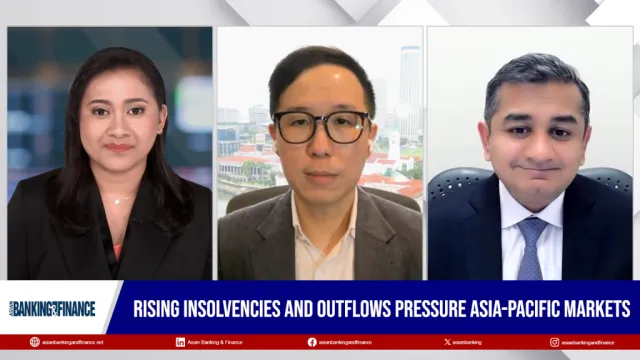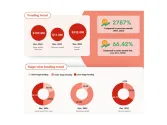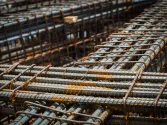
DBS and OCBC expected to report lower margin in Q1 on SORA easing
Both banks’ asset qualities could deteriorate in the second half of 2025, an analyst said.
DBS and OCBC are expected to log a margin compression in their Q1 2025 results due to a steep fall in the Singapore Overnight Rate Average (SORA), said UOB Kay Hian.
SORA eased another 51 basis points (bp) to 2.56% during the first three months of the year.
DBS’ net interest margin (NIM) is expected to fall by 6 bp quarter-on-quarter (QoQ) to 2.09%, on the back of flattish loan growth.
The bank’s loan growth from overseas was crimped by the strong Singapore dollar, said UOBKH analyst Jonathan Koh.
OCBC is expected to log a steeper NIM compression of 19 bp year-on-year (YoY) to 2.56% in Q1. This is despite its loans expected to expand by 6.3% YoY.
Compared to Q4 2024, OCBC’s NIM is likely to compress 51 bp and its loans are 0.2% lower, Koh said.
OCBC’s net interest income could also decline by 0.4% YoY in Q1.
Looking ahead, UOBKH says that both DBS’ and OCBC’s asset quality could deteriorate in the second half of 2025.
DBS’ nonperforming loan (NPL) formation to stay ‘benign’’ but with the possibility of asset quality deteriorating in the second half of 2025.
DBS’ NPL ratio should reportedly stay stable at 1.1%, Koh said.
OCBC is expected to also maintain a stable NPL ratio of 0.9%, factoring in total provisions of about $176m and credit costs of 22 bp in Q1 2025.
The biggest threat to the Singaporean banks’ performances is slowdown to trade globally and regionally following the US’ reciprocal tariffs.
“ASEAN countries will be negatively affected by weak external demand. Negative impact from the trade war would also spill over to dampen domestic consumption and business investments,” Koh said.
Singapore’s 2025 economic growth forecasts have already been revised lower to a flat to 2% growth, from a 1% to 3% growth previously.
“The ongoing trade tensions and geopolitical risks have dampened growth prospects in key sectors, such as manufacturing and services,” Koh said.
Amidst all these, Singapore’s banks provide attractive and recurrent dividend yields, he said, noting that they have a high dividend yield of 6.8% for 2025.


















 Advertise
Advertise










